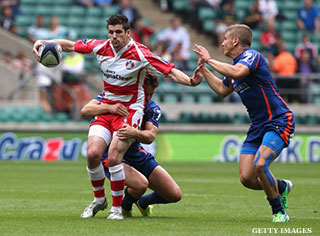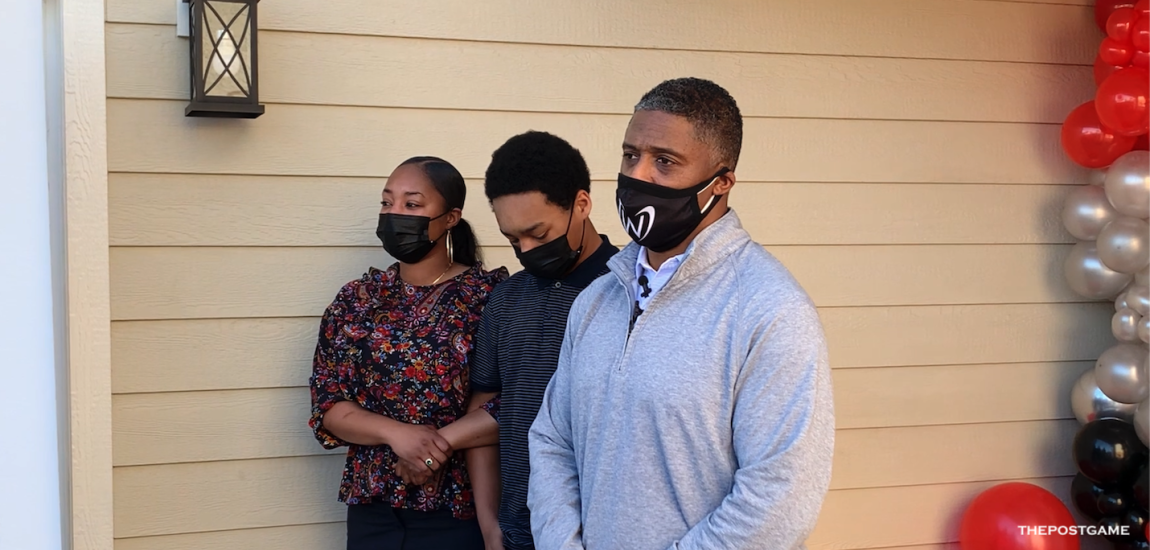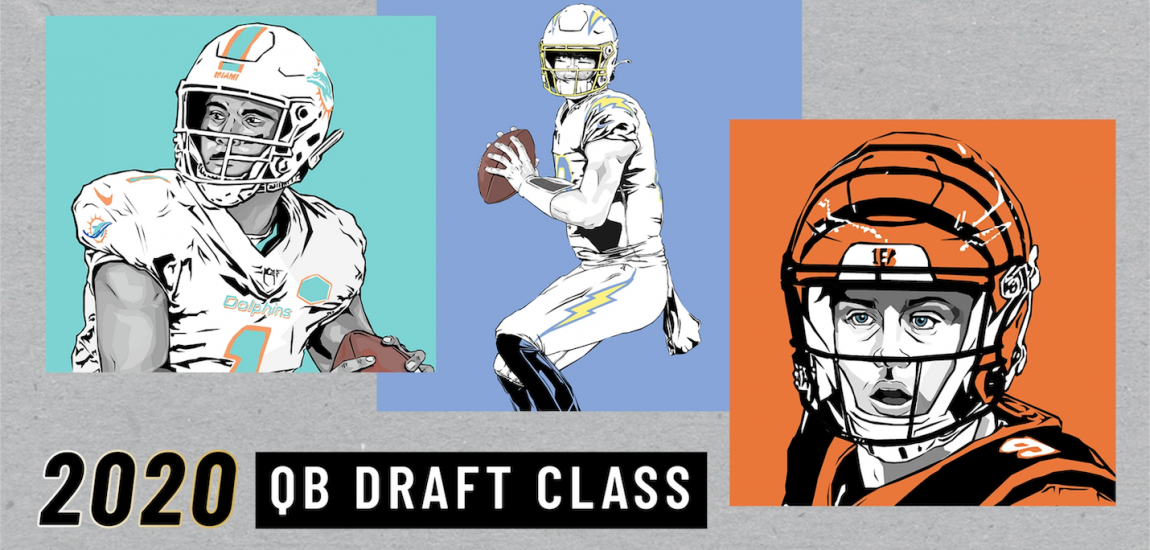
As concussions have become the story du jour in sports, rugby players across the U.S. have uttered a collective "no kidding" that football needs a little help.
Despite being billed as a brutal sport for knuckle-draggers with a high pain threshold, rugby has actually been designed to be safer for the head than football. It's even safer than soccer, where the head appears to be a perfectly good implement with which to hit a ball hurtling across the field.
"I think the biggest thing football can learn from rugby is that, no, you can’t use the head as a weapon, and football has made a lot of progress in that," said Dr. Warren King, the Oakland Raiders team doctor who has also worked with the U.S. national rugby team.

King added that helmets are a double-edged sword as they can give an athlete a false sense of security. While helmet technology in football has greatly improved over time, there still remains the risk of repetitive small concussions.
"We've learning more and more that these small concussions over time in a variety of sports can have a serious, lasting effect later in life," King said.
Better to avoid getting hit in the head to start with. That's where rugby comes in. Rugby's contact rules are centered around the wrap tackle. A tackler can't just slam into the ballcarrier. He has to wrap his arms around and bring him to the ground. Tackling around the neck or head is illegal. Tackling low -- around the ankles or knees -- is fine, but because you have to wrap up, you're not barreling into a player’s knees and causing injuries the way a roll block in football can.
Without helmets (some rugby players wear padded hats that are a little like football helmets from the 1920s, all they do is prevent scrapes), rugby players are taught from an early age to get their head to the side, and make contact with the shoulder. Cheek-to-cheek is the coach's joke, with the tackler’s cheek up against a ballcarrier's butt-cheek.
So it made sense when Boise State football checked in with three well-known rugby coaches to ask about tackling technique.

Broncos coach Chris Peterson has long been known as an iconoclast when it comes to football tactics and strategy, and, according to his defensive coordinator, Peter Kwiatkowski, he sees the writing on the wall when it comes to football tackling.
So Peterson and Kwiatkowski contacted Jack Clark and Tom Billups, who run the vaunted rugby program at Cal, to talk about tackling.
"We didn’t talk so much about concussions as we did about making the tackle safer and effective," said Billups. "In rugby we have to wrap, and that puts the tackler’s head to the side."
Then the Boise State coaches participated in a clinic with their local club, Snake River, coached by former USA captain Mike Saunders.
"Football players are taught to put the helmet into the chest and drive the player back," said Saunders. "And I know the coaches at Boise State are looking at a different way to go about it because of the issues with concussions."
It might come down to those positive-grade tackles. Do you have to drive your head into a ballcarrier’s chest to drive him backward? Yes, rugby doesn’t sweat the inches the way football does (in rugby you can be tackled unlimited times and still retain the ball, regardless of how little ground you gain, while in football the game can hinge on preventing one first down). But rugby players do have to tackle in short-yardage situations to push a ballcarrier backwards, and they manage to do it with wrap tackles.
"It comes down to teaching technique," King said.

What can rugby learn from football? The process.
"I think rugby has done a good job in some areas with dealing with concussions, but the NFL, in terms of training, medical care, and recognition of concussions is doing amazing work," added King.
Billups was harsher than that.
"What we still have a problem with in rugby is standardizing in-game concussion protocols, making sure we have proper medical for all teams, and running baseline tests," said the Cal coach. "Any ground we gain with proper technique, we lose when you compare medical care."
A new rule in rugby allowing a player to be subbed off temporarily for a concussion evaluation was torn apart by Boston University’s Dr. Bob Cantu. On the surface the rule might seem a good thing -- giving a player the opportunity to be checked out for a concussion, rather than insisting he stay on the field. But the evaluation window is only five minutes, and Dr. Cantu said, that’s just not enough time.
What can football learn from rugby? How to avoid concussions in the first place. But rugby still has a long way to go in how to handle those concussions once they occur.
More From RugbyMag.com:
-- USA Selects Named To Face Canada
-- New Field At Notre Dame Hosts Successful Tourney
-- Video: Mike Tolkin Discusses USA Selects ARC Training




